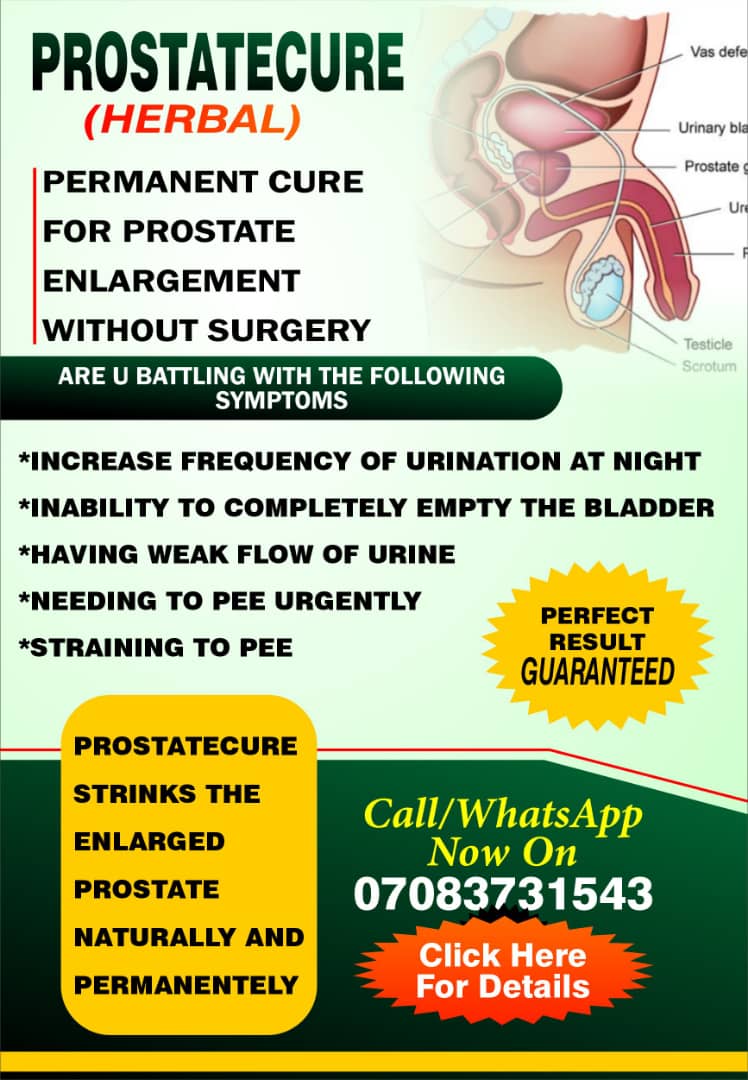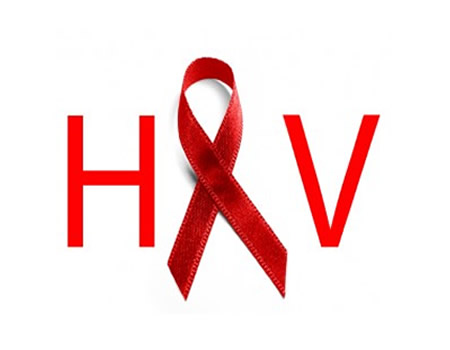

Due to advances in HIV care and treatment, many women living with HIV are living longer, healthier lives. As women living with HIV think about their future, some are deciding to have the babies they always wanted.
The good news is that advances in HIV treatment have also greatly lowered the chances that a birthing parent will pass HIV on to their baby, which is also sometimes called ‘mother-to-child’ transmission. Women with HIV can also opt out of childbirth through a surgical operation if they have an undetectable level of HIV.

The World Health Organisation (WHO), in its reports, says that HIV can be transmitted from the mother to the baby in as many as 45 percent of cases when not taking HIV drugs during pregnancy. It added that with an HIV viral load that is undetected, the chance of transmission can be less than one in 100.
The Nigeria National HIV/AIDS Indicator and Impact Survey (NAISS) indicates that 1.9 million people in Nigeria are living with HIV, and six out of 10 people living with HIV in the country are female. Young Nigerian women are three times more likely to be living with HIV than men of the same age group.
Dr Yewande Olaifa, the deputy director overseeing the Gender and Human Rights Division at the National Agency for the Control of AIDS (NACA), said in a reaction that HIV is no longer a prerequisite for having a caesarean section.
She said, “Studies have already proved that it is no longer required. Back then, it was because we were not sure about how we could prevent mother-to-child transmission that we took that precaution.
“It was to reduce the chances that there would be a mixture of the mother’s blood and the child’s blood that we said that all of them should have caesarean sections.
“But, with time, we have moved from what we used to call option A, where the woman only takes ARVs when she is pregnant and stops after delivery. Because her HIV viral role has not gotten as low as it should, she would then require a caesarean section.
“In option B, the woman starts ARV not only because she is pregnant and positive but continues its intake even beyond a normal vaginal delivery. The baby, too, will also be placed on ARVs for a couple of weeks immediately after birth.
“So, the only reason why you would do a CS for any woman who is HIV positive is because there is another indication. It is not because she has HIV.”
When HIV-positive women have a high viral load (a high amount of HIV in their blood), they stand at a higher risk of transmission during vaginal delivery. But antiretroviral therapy (ART) helps reduce viral load, and a C-section provides an additional layer of protection.
This includes avoiding unnecessary invasive procedures and taking precautions to prevent exposure to HIV-infected fluids during the delivery process.
Factors such as the mother’s viral load, overall health, and obstetric considerations are taken into account by healthcare providers when determining the best delivery method to reduce the risk of HIV transmission.
Dr Murphy Akpu, an advisor on science systems and services at UNAIDS in Nigeria, said in a reaction that complicated pregnancies may require a caesarian section even in pregnant women with HIV.
He spoke at the HIV media training by Journalists Against AIDS (JAAIDS) Nigeria and Living Health International, with support from PEPFAR Nigeria through the Henry Jackson Foundation Medical Research International in Lagos.
According to him, in a situation where the doctor recommends a battery of tests to ascertain the possibility of a normal vaginal delivery and it is found to be unsafe, regardless of her HIV status, she will be counselled to have a caesarian delivery.
Dr Akpu declared that there is also no harm in a pregnant woman having a good understanding of her condition and thereafter making an informed decision on the treatment the doctor is offering her.
“We want to see patients who can communicate with their clinicians. It does not have to be disrespectful. It is in our context here that when the patient asks you, “What drug are you giving me?” and then the doctor gets angry about being questioned.
“If you have a patient who is informed and educated, as a doctor, you want to take advantage of that to make sure this person indeed carries out our agreed-upon recommendations and does what they are supposed to do.”
While C-sections can, in general, greatly lower the risk of HIV transmission, they should only be used as one component of a comprehensive strategy that also includes ART and close observation before, during, and after childbirth to protect the mother’s and the child’s health and safety.
It is crucial to remember that HIV-positive women’s decision to choose vaginal delivery depends on their unique situation and should be discussed with medical professionals who specialise in managing HIV throughout pregnancy. The objective is to protect the mother’s and the child’s health and safety while striking a balance between the advantages of natural childbirth and the hazards of HIV transmission.
HIV-positive women can undoubtedly give birth vaginally (normally) if the right medical care is provided and specific requirements are met.
READ ALSO: VIDEO: ‘My dad can’t afford my school fee,’ eight-year-old boy joins protest in Lagos








